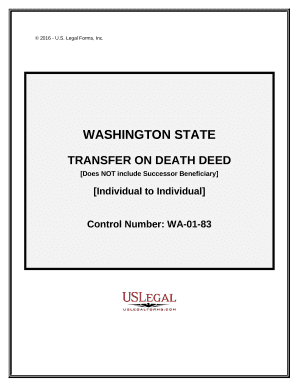

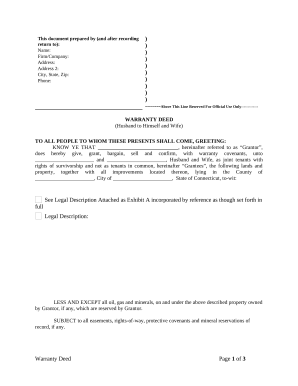
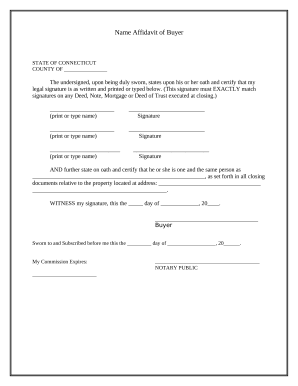

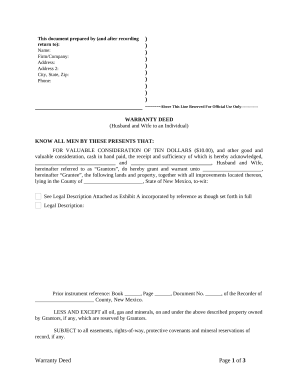
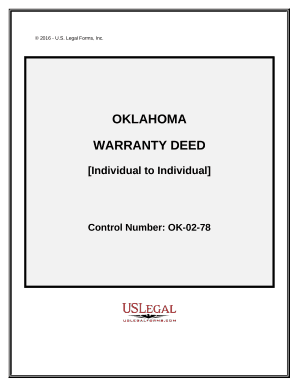
Boost your file managing with our Legal Home Ownership collection with ready-made form templates that meet your needs. Access your document, alter it, fill it, and share it with your contributors without breaking a sweat. Start working more effectively with the forms.
The best way to use our Legal Home Ownership:
Examine all the opportunities for your online file management with our Legal Home Ownership. Get a free free DocHub account today!